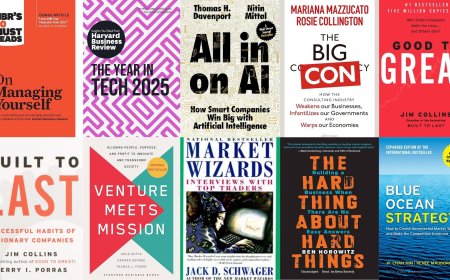Oil Industry Embraces Digital Transformation to Cut Costs and Boost Efficiency
The oil and gas industry is embracing digital oilfields to boost efficiency, reduce costs, and improve decision-making amid renewable energy competition and rising operational challenges.

The Rise of the Digital Oilfield
The concept of a digital oilfield merges traditional energy operations with advanced technologies such as artificial intelligence (AI), Internet of Things (IoT), cloud computing, data analytics, and automation.
These smart oilfields enable real-time monitoring of drilling rigs, pipelines, and refineries. With sensors and AI-powered systems, companies can collect and analyze vast data sets to:
-
Predict equipment failures before they occur
-
Optimize drilling operations
-
Reduce downtime and maintenance costs
-
Improve safety standards
-
Enhance overall production output
By leveraging these technologies, energy firms can make data-driven decisions and maximize returns even in a volatile market environment.
Why the Shift Matters Now
With growing investments in renewable energy and global goals for carbon reduction, oil companies are under pressure to operate more efficiently while minimizing their environmental footprint.
Digital transformation offers a solution — not only improving profitability but also supporting sustainability initiatives. Technologies like predictive analytics, remote operations, and digital twins (virtual replicas of assets) allow companies to simulate, test, and optimize production with fewer physical resources.
According to industry analysts, digitalization could cut operating costs by up to 20–30%, while improving safety and reliability in high-risk environments.
Major Players Leading the Change
Leading oil giants such as Shell, BP, ExxonMobil, and Saudi Aramco are already investing heavily in digital technologies.
-
Shell uses AI-driven predictive maintenance to monitor over 20,000 pieces of equipment globally.
-
BP employs digital twins for optimizing exploration and production.
-
Saudi Aramco integrates IoT and cloud analytics to improve supply chain efficiency and energy forecasting.
Meanwhile, smaller and mid-sized companies are adopting cloud-based solutions and automation platforms to stay competitive and compliant with global energy standards.
Balancing Fossil Fuels and Renewables
Even as the focus shifts toward renewables, the oil industry remains a vital part of the global energy mix. Digital transformation allows these companies to bridge the gap — by making fossil fuel operations cleaner, smarter, and more efficient.
By integrating AI and automation, the sector can reduce waste, optimize energy consumption, and gradually align with the world’s net-zero carbon goals without compromising economic growth.
Conclusion
The digital leap in the oil industry marks a pivotal moment in its evolution. Through digital oilfields, predictive analytics, and real-time automation, energy companies are redefining how oil is explored, extracted, and delivered.
While renewables continue to grow, the modernization of traditional energy systems ensures that the oil sector remains resilient, efficient, and relevant in the global energy transition era.
What's Your Reaction?
 Like
0
Like
0
 Dislike
0
Dislike
0
 Love
0
Love
0
 Funny
0
Funny
0
 Angry
0
Angry
0
 Sad
0
Sad
0
 Wow
0
Wow
0



















































































